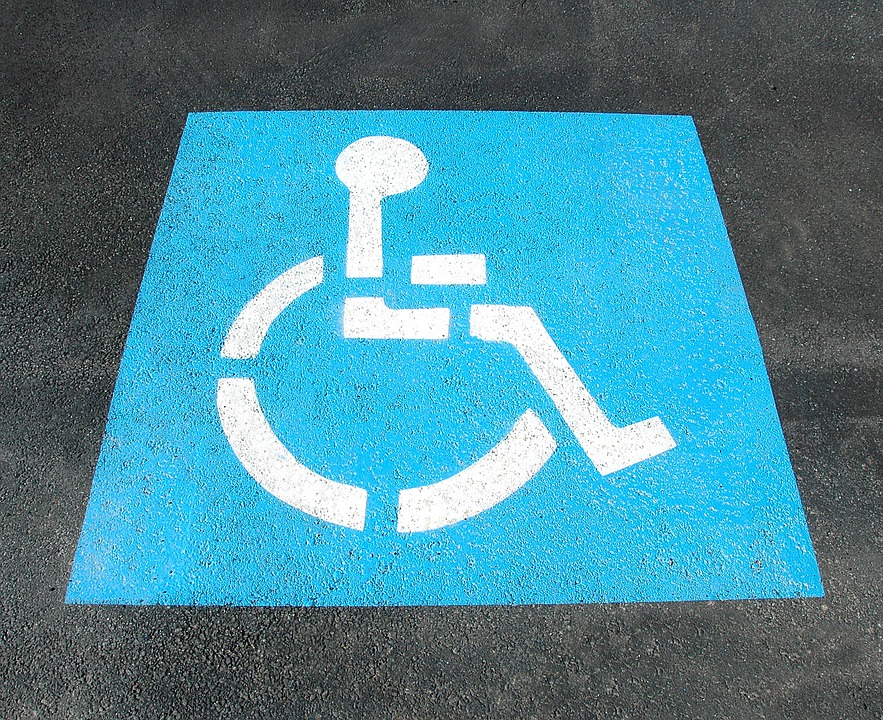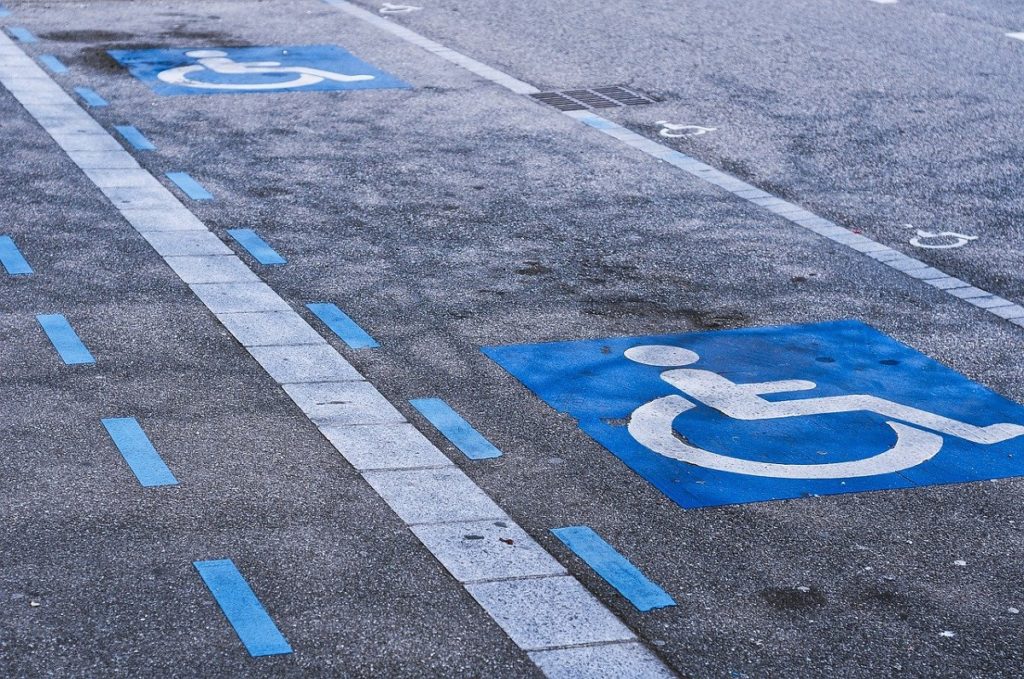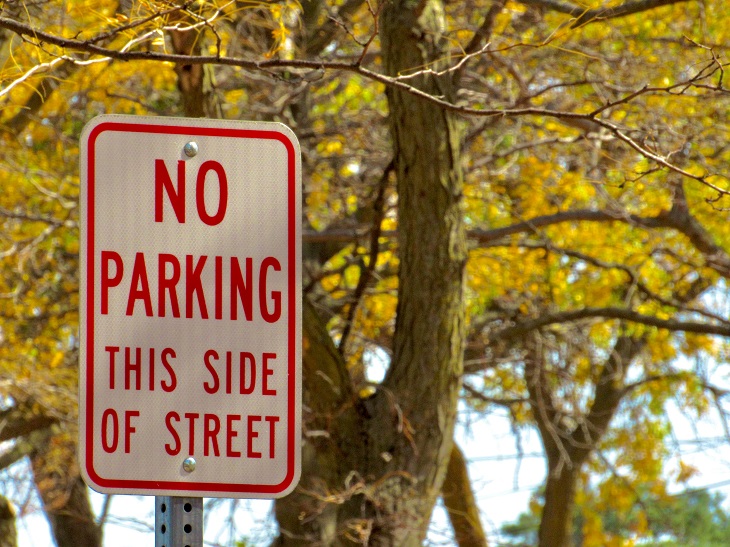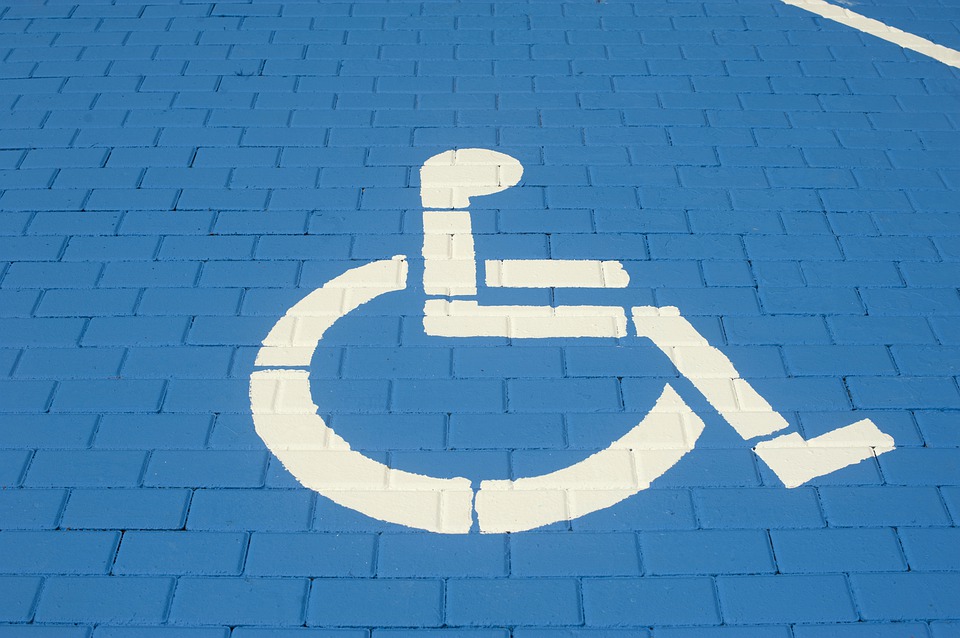Waiting in line at the DMV is time-consuming and inconvenient at the best of times and downright infuriating at the worst. DMV offices are usually busy, and lines are long and slow-moving. It can take a long time to get to the top of the queue in order to submit your disabled parking permit application.
The vast majority of people would rather not have to wait in line at all. Luckily, in most states, it is possible to avoid waiting in long lines at your local DMV office. The best way to do this is to submit your disabled parking application forms online, which many states now allow residents to do. And in states that do not yet allow online applications, submissions by mail are the norm.
Did you know that with the help of the Dr. Handicap online clinic, you can avoid waiting in line at the DMV by having Dr. Handicap mail your completed application on your behalf? Below, we explore this and other ways you can avoid wasting time in long lines at your local DMV.
What Is The DMV?
DMV stands for Department of Motor Vehicles. Each state has its own DMV that is responsible for administering driving tests, registering vehicles, and issuing disabled parking permits.
DMV is the most common name for this branch of state government, with 23 states and the District of Columbia using it. The next most common names are Motor Vehicle Division (MVD), which is used in five states, and Bureau of Motor Vehicles (BMV), which is used in three states.
What Is A DMV Disability Placard?
A DMV disability placard is another name for a disabled parking placard. It is also sometimes called a disability permit, a handicap parking placard, or a disability decal.
All of these names refer to the same permit. Each state issues its own version of a DMV disability placard, which entitles its holder to park in designated disabled parking spaces and often to park in metered, on-street spaces free of charge.
How Do I Get A Handicap Placard From The DMV?
You can get a handicap placard from your local DMV by submitting an application form. The form needs to be filled in by the applicant and by a licensed medical professional who has verified the applicant’s disability and suitability for disabled parking.
Can I Get A Disabled Permit From The DMV Online?
In several states, you can now apply for your disabled parking permit online. California has introduced a fully online application process, for example, and it has proven to be a massive success.
Unfortunately, not all states have introduced a fully online application process yet, so you should check with your local DMV to find out if it is possible where you live.
Can I Renew My Handicap Placard Online?
In the states that allow online disabled parking applications, you can also apply to renew a handicap placard online.
Why Handicap Parking Permits Allow You To Skip Lines At The DMV
The best ways to skip lines at the DMV are to apply fully online or to mail in your application. If you already have a permanent handicap parking permit and you need to renew, you usually do not need new verification from a medical professional, so you can just mail an application form directly to your local DMV.

Dr. Handicap Can Help You Avoid The Lines At The DMV
The Dr. Handicap online clinic can help you to avoid lines at the DMV by mailing your application to your local DMV if that service is available in your state.
At the clinic, you will have a remote video consultation with a medical professional, who will fill in the necessary sections of your application form. This means you can complete the entire handicap parking permit application process from the comfort of your own home.
What If You Are Visiting The DMV In Person?
Some states require that you submit applications for certain types of permits in person. If your state does not allow online or mail applications and you must visit the DMV in person, you can request assistance at the customer service desk. All DMV offices will assist any disabled customers and ensure that they receive any help they need.








